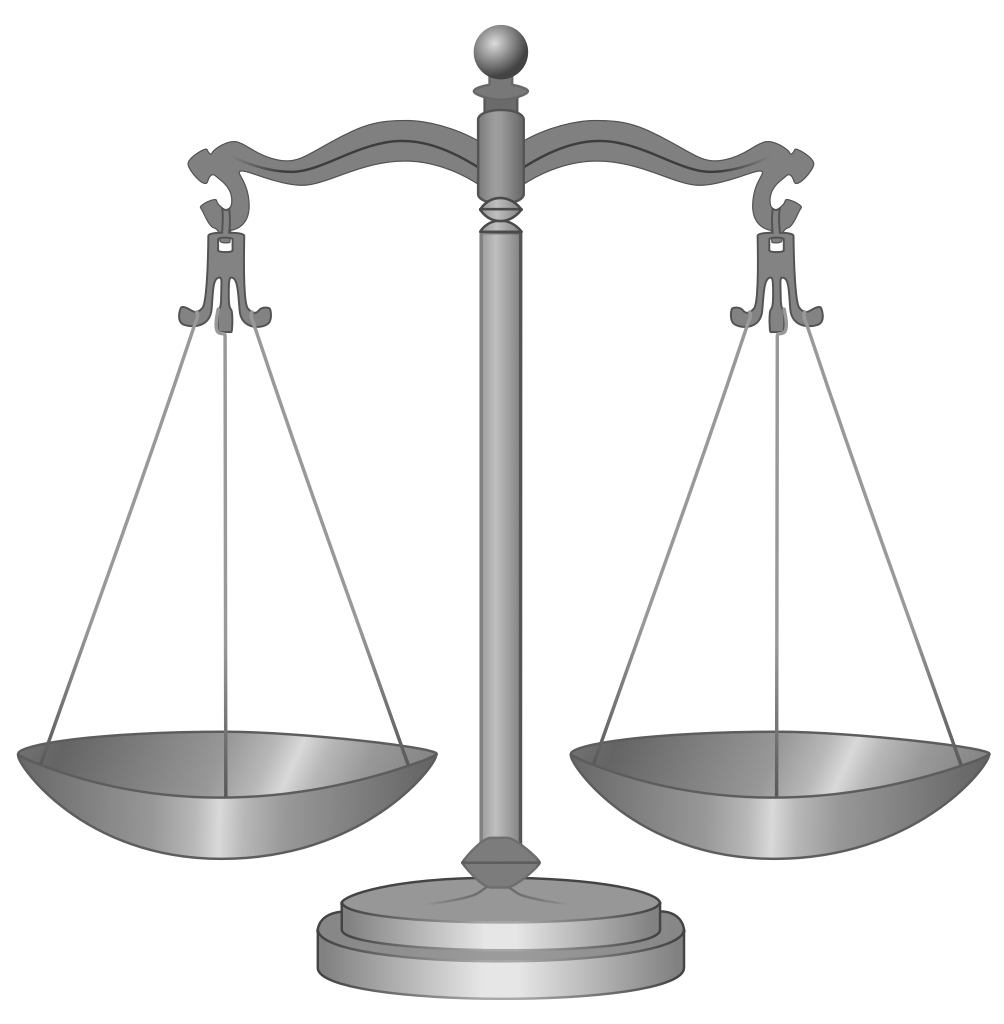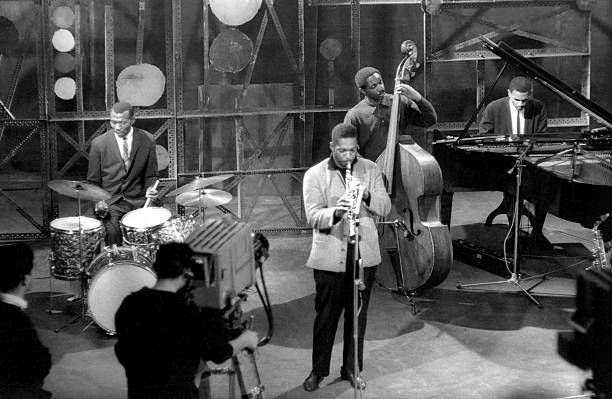
Hey!
In this E-book I am going to discuss one of the more complex jazz songs I have ever hear, “Giant steps” By John Coltrane.
This song was recorded in 1959 at “Atlantic Records” in
the US and is part of the album “Giant Steps” . It quickly rose to fame and managed to catch the ears of many jazz players and enthusiasts.
In the next parts We are going to understand part of the musical theory behind the song, see its complexity and of course enjoy while at it.
First, some background:
John coltrane (1926-1967) was an American jazz saxophonist and composer. Many consider him to be at the forefront of “free jazz” , an approach to jazz that emerged in the 50’s and essentially adhered to only one rule: There are no rules in jazz. Later in this e-book, we will be able to see some elements of this approach come in to life in Coltrane’s song.
Before diving into the details, lets have a listen.
sounds both amazing and complex, right?
noticing anything in particular?
As you probably thought to yourself, the song’s reputation as the most feared song in jazz music already proves itself in the first few seconds of the song.
The beginning starts with a melodic line that is played by Coltrane and has a noticeable fast rythem and tempo. Further more, While playing the sax , There are 26 chord changes in the background , which is quite a feat, and we’ll soon understand why.

Besides the amazing saxophone you can also hear the piano, the bass and of course the drums.
but lets take a step back and understand the basics of music theory:
in order for all of these music instruments to sound good and harmonious , they usually have to “sync” into a certain scale.

But wait! what kind of scale? well, obviously not the kind shown in the previous page.
In music, a scale is any set of musical notes ordered by frequency or pitch. there are many kinds of scales, and alot of times musicians choose specific scales in order to create a specific atmosphere in their song.
The name of the scale is based on the root note of the scale.
for example, one of the most known scales is C Major scale, which most of us recognize from the piano.
The C Major scale is comprised of notes : C D E F G A B
(the white notes on the keyboard)

The major scale usually has a “warm feeling” to it whereas the minor scale is usually associated with sad feelings and dark melancholic atmosphere.
Many songs are based on one scale, but some songs involve even more than one scale in them!
(Hint:Giant steps also involes many scales)
In order to fully understand how scales are created , lets watch the following video:
After we have learned about the existence of scales,and that we can create many different scales for each musical note, it is important to realize that besides the minor and the major scales, there are many more scales and to each its own functionality.
some examples of the different scales in music: Chromatic scale, Blues scale, Whole tone scale and many more.

So, what do these scales have to do with Coltrane’s song?
Well, not only Coltrane uses scales in his song, but in fact he used 3 of them:B major, G major, and E-flat major.
In addition to the use of 3 scales, Coltrane constantly switched
and constantly jumped from one to another, and when we combine that fact, and the fast tempo of the song, we get one hell of a song to perform and accompany. Just think about the piano player that needs to keep up with Coltrane’s sax!

Some people may ask, But wait, what does using a scale in a song means?
that’s a great question and it leads us to the next piece of the puzzle:
Once a song scale is decided upon,
a chord progression needs to be chosen.
Basically put, a chord is a combination of three notes or more, and if we combine a couple of chords together, we can create an chord progression for a song.
there are many kinds of chord progressions, and the main thing to keep in mind is that each chord progression has some logic to it, which we will not discuss in this E book.
Lets hear Israel Kamakawiwo’ole version of the the song “somewhere over the rainbow” . The scale of this song is C major (Notes:C D E F G A B) .The chord progression of this song is mostly made out of chords that belong to the C major scale and the combination of these chords creates the music we all love and adore (C Em F G).
Now, lets finally focus on “Giant steps” .
As I have said, Coltrane uses 3 scales in this song , and manages to switch between 26 chords all throughout the song.
In comparison, many other songs only have 4-6 chords in them!
Dont get me wrong, many jazz songs use multiple scales , But “Giant Steps” is unusual because its three keys are as harmonically distant from each other as possible and because the tune jumps between them constantly, never settling on any one for more than a bar or two.
And as I have said before, think about the amount of concentration and expertise needed in order to play this song and accompany Coltrane!
You know what? Lets hear Tommy Flanagan, the pianist with Coltrane’s quartet that tries play a solo! listen to “giant steps” and start at the 2:54 minutes mark.
It is easily noticeable that Flanagan had some hard time with this solo!
not only that, but there were some additional recordings that were never published , due to Coltrane’s dissatisfaction and due to the first piano player, Cedar Walton, That apparently didn’t manage to keep up with Coltrane, and therefore was replaced with Tommy Flanagan.
Well, now not only we can enjoy Giant steps, But we can understand a tiny bit as for why it is so mesmerizing and notorious.
Oh, and fun fact: these complex chord changes have earned the title :coltrane changes, and haunt jazz players to this day 🙂 .
Hope you enjoyed,
Ori.
Published: Nov 4, 2020
Latest Revision: Nov 9, 2020
Ourboox Unique Identifier: OB-928667
Copyright © 2020








